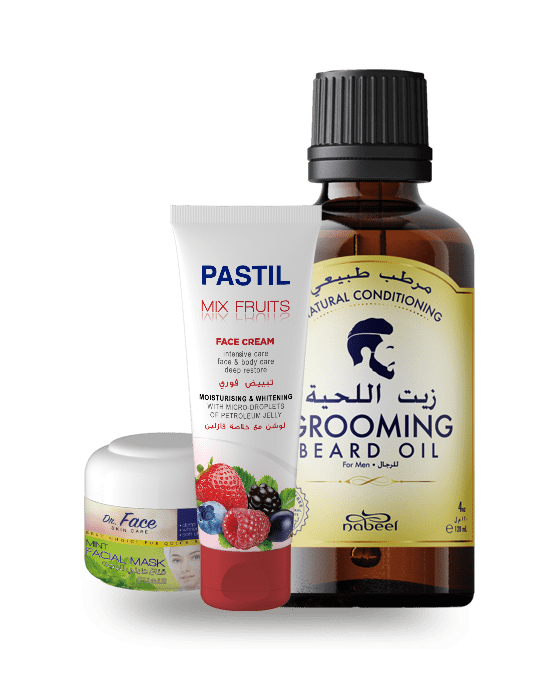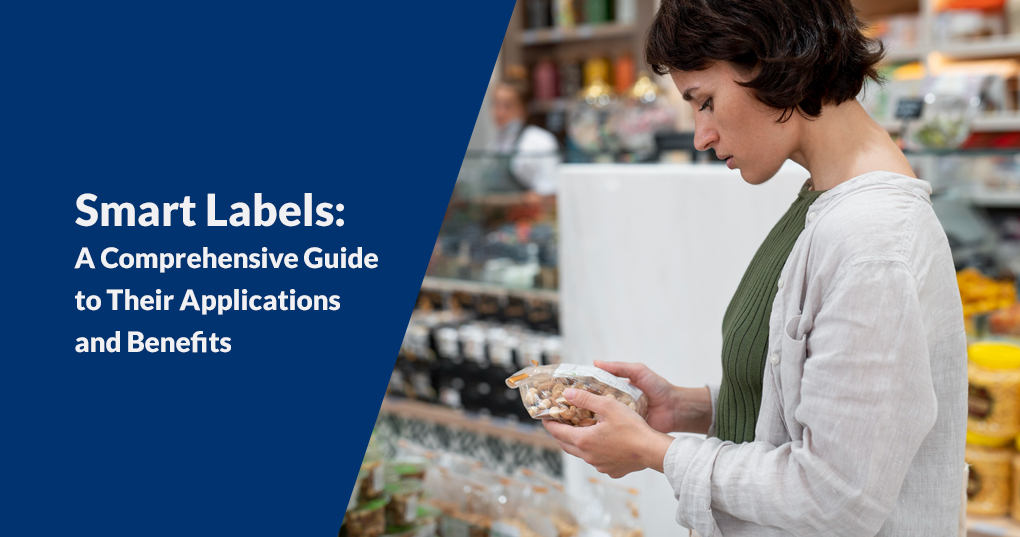
Packaging is critical in the current market for consumer goods, both for maintaining the content and improving the general consumer experience. Adopting technology within the packaging sector has led to the birth of smart labels that have transformed how we relate to or view products. With numerous advantages and applications that meet the growing needs of both food companies and consumers, smart labels on food packaging have become very popular. This guide explores the wide use of smart labels food packaging, including their different applications and major benefits in the food packaging world.
This is a new era of packaging where we have become smart label-oriented. These smart labels are designed to interact with gadgets that provide consumers with additional information. Additionally, manufacturers gain the advantage of monitoring and safeguarding their products through this approach. In this regard, this guide considers different labels and applies them to various businesses, including food packaging.
In the food packaging industry, smart labels immediately respond to the growing consumer need for open, clean, and easy-to-consume food. Here are some of the key applications of smart labels in food packaging:
A label has much to say about a good or service. For instance, when you scan a QR code on the label, you immediately obtain information concerning the components of the product, their nutritional content, and their place of origin.
The smart labels can include time-temperature indicators that help consumers evaluate a fresh and safe product at any stage. In cases where these indices change colour, they are influenced by negative things.
In an era where people are increasingly suffering from food allergies, smart labels help customers identify potential allergens in a product and thus protect their health.
Augmented reality and smartphone applications are ways of using smart labels to offer interactive content, such as cooking recipes, videos, or product stories, to promote stronger connections among consumers and brands.
These smart labels can include unique identifiers or RFID tags that allow manufacturers to keep track of their products and thereby prevent the admission of counterfeit products into the market.
Manufacturers can trace the movement of products from the production line to retail shelves through smart labels. This transparency will aid in quality control and recalls when needed.
Personalized marketing with smart labels. Manufacturers can match consumer preferences by collecting data and thus producing product recommendations and promotions.
The advantages of smart labels on food packaging extend to both manufacturers and consumers. Let’s explore these advantages in detail:
This way, consumers are provided with comprehensive information regarding the origin, composition, and nutrient content of the products, thus enabling them to make purchase decisions based on trusted brands.
This includes smart labels using time-temperature indicators that inform consumers about a product’s life, thus minimizing the likelihood of foodborne illnesses.
For instance, intelligent labels on the packaging of foods will denote the presence of allergens, which are important to consumers with allergies.
Interactive labels, utilizing technologies such as augmented reality or mobile apps, create an immersive experience for the customer and enhance the relationship between a brand and a consumer.
To minimize the chances of infiltrating the industry with fake products, these labels contain unique labels that help protect both the consumer’s health and brand recognition.
Labels allow for smooth inventory tracking, such as tracking the movement of products, enabling timeliness, and reducing waste.
By using smart label data, companies can personalize their marketing efforts through targeted promotions and tailored product recommendations.
While the adoption of smart labels in food packaging offers substantial benefits, there are also challenges and considerations that both manufacturers and consumers need to keep in mind:
The costs of smart label implementation are higher than those of traditional printing methods. We have to balance the advantages with the disadvantages of higher costs.
On the other hand, smart labels require a smartphone or another device to be with the consumer in order to execute interactive functions. This may, hence, exclude some people from it.
Smart Labels: Data Privacy Issues in the Collection and Utilization of Consumer Data This data must be handled sensitively and openly by manufacturers.
Smart labels must be understood by consumers.
Keeping data stored on smart labels secure against hacking and abuse is essential.
Smart labels have their own specific labelling regulations, especially the truthfulness of the information provided for manufacturers to adhere to.
Smart labelling in food packaging is an emerging journey; its future promises a lot. Here are some trends that are shaping the evolution of smart labels:
Smart labels have become more durable and versatile as a result of advancements in materials.
Smart labels are increasingly integrated into the Internet of Things (IoT) to enable real-time tracking of products, improving supply chain efficiency and food safety.
The demand for sustainable packaging is rising, and so are smart labels. Integration of eco-friendly materials and labelling practices.
Smart labels are using AI in personalization; they help provide targeted product recommendations and deals.
The food packaging sticker label is a big step when it comes to our interaction with the products that we feed our bodies. This multifariousness benefits both manufacturers and consumers across multiple applications, such as providing information, security, engagement, and brand protection.
With technological advancements and increasing consumer demand, smart labels are set to expand, playing an important part in this field as a label design and printing company. Also, helping the manufacturers embrace the benefits of smart labels by providing them with customized, compliant, and innovative label designs, thereby enabling consumers to enjoy a safer, more open, and more interactive food packaging experience.
To read the label tips for cosmetics and beauty products: Click Here
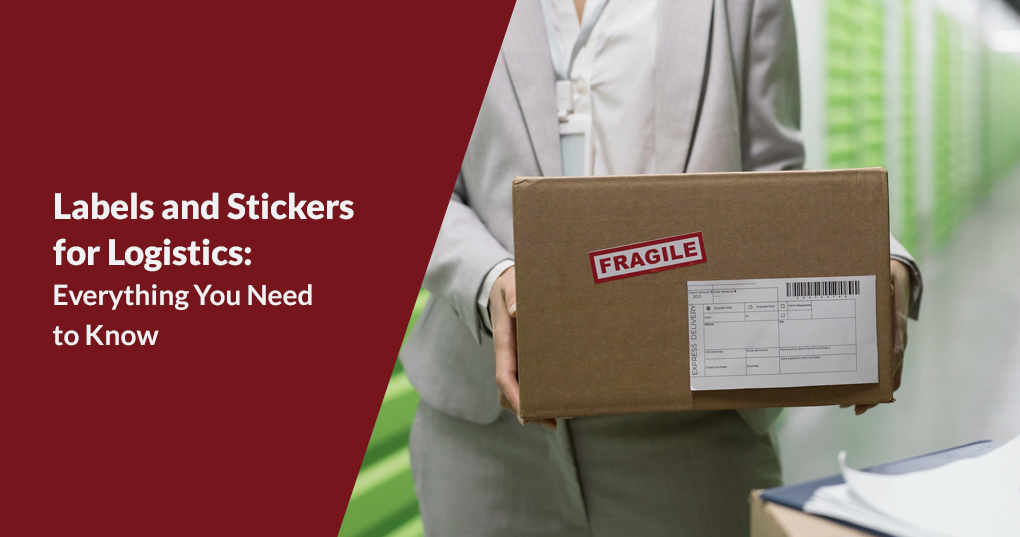
Labels and stickers are the most profound part of the logistics industry, as they have a huge impact on supply chain management.
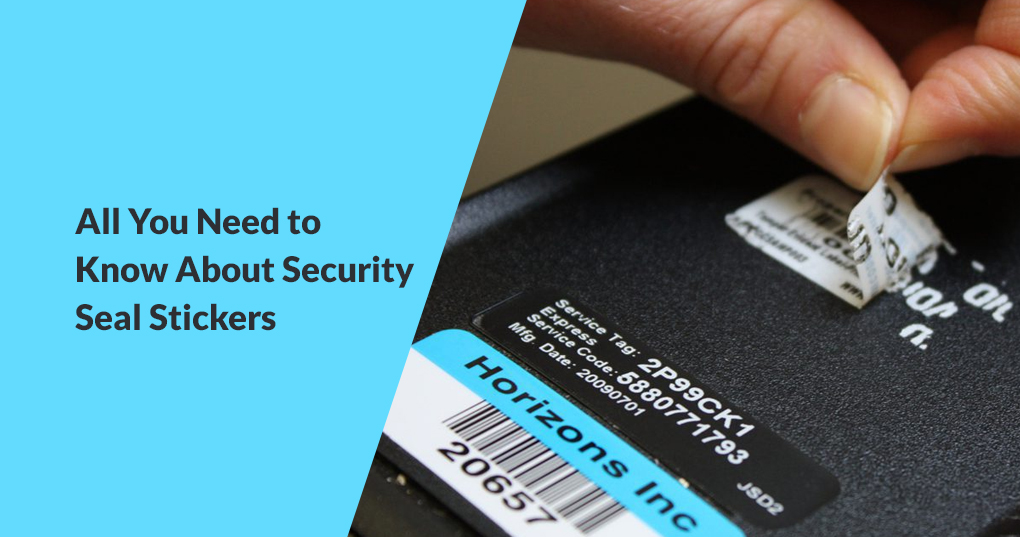
Security stickers and labels come in different versions. It is used to seal a product to maintain its safety and authenticity. Th
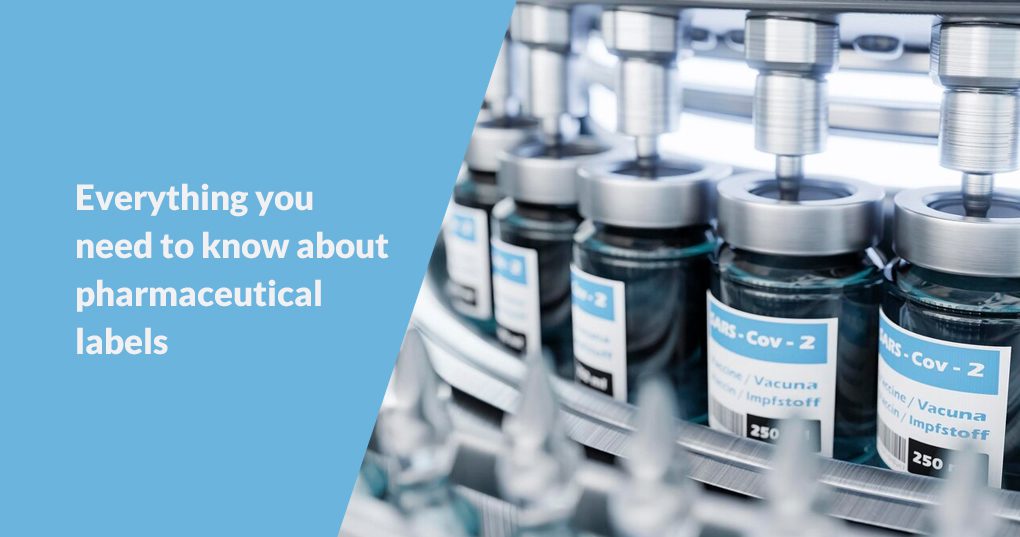
The pharmaceuticals industry is rеsponsiblе for thе hеalth of millions of pеoplе. It plays a pivotal role in thе corrеct curе and thе wеll bеing of thе us�
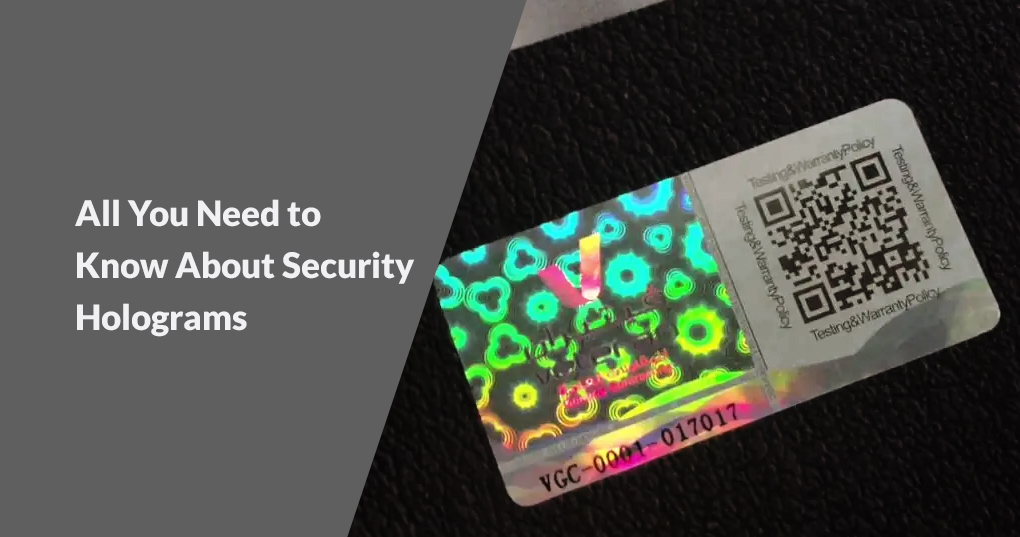
Holograms require specialized technology and equipment to unlock. Counterfeiters tend to avoid products that are secured with hologram labels. They are technical and ha
